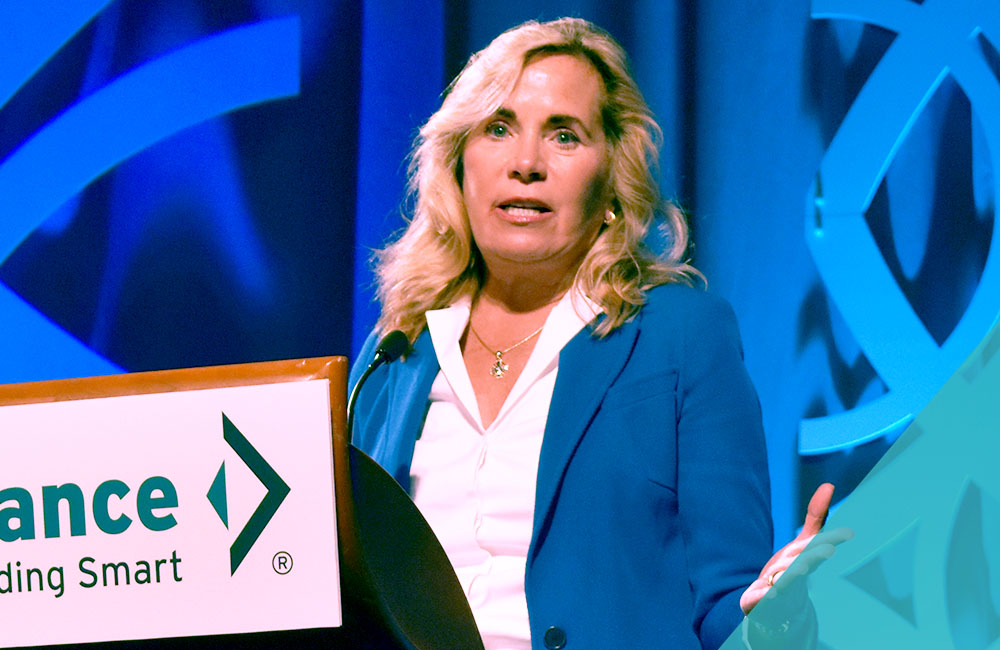Opening a Window on Health Care Cost and Quality
There’s an old saying you may have heard if you ever stood between the television and someone who was trying to watch it: “You make a better door than a window.”
That saying could also be used to describe the current state of health care transparency. When transparent, consumers can learn health care cost and quality before they get care.
Unfortunately, the health care system still offers consumers more doors than windows.
Achieving Transparency on Health Care Cost and Quality
Transparency in health care relies on having a clear window on two types of information:
- Cost: The cost of health care is more than the “sticker price” for patients without insurance. Instead, consumers want to know what it’s really going to cost them to treat an infection, deal with a condition or recover from an injury. In a truly transparent environment, you could find out what the total cost would be, how much your insurance would pay and what your out-of-pocket cost would be after deductibles and co-insurance were applied.
- Quality. Consumers should be able to learn about the quality of care delivered by facilities, physicians and other caregivers. For example, you can find out what grade your hospital got from the Leapfrog Hospital Safety Score, which gives hospitals a grade ranging from “A” to “F” based on patient safety and other factors. Other quality measures examine outcomes for patients who have the same condition and whether the doctor or hospital involves the patient in “shared decision-making.”
A Failing Grade
From the outside, it seems as though it ought to be simple for health care providers to deliver price transparency. After all, they should know how much they charge.
In reality, it’s difficult to get accurate price information, based on the “Report Card on State Transparency Laws” developed by the Catalyst for Payment Reform (CPR) and the Health Care Incentives Improvement Institute (HCI3). The 2014 report gave a “F” grade for price transparency to 45 states, including Wisconsin. No states received an “A,” although Maine and Massachusetts got a “C.”
CPR Executive Director Suzanne Delbanco explained the failing grades for 90 percent of American states by noting that it’s “a very rare instance when a consumer can easily get meaningful information about health care prices.”
The report recommended that states pass legislation that would require health care providers to share price information with the public. These laws are sometimes used to keep health care providers from putting language in contracts that forbids payers from sharing price information.
These contract provisions often limit payers’ ability to share price information with consumers. For example, The Alliance offers cost information on its website and through personalized cost estimates but is required to limit access to consumers covered by its network.
A Bottom Line Issue
Helping consumers make informed health care decisions based on cost and quality should be a priority for every employer that cares about the bottom line. Consider these facts:
- Health care diverts money from other priorities. Health care is typically the second-highest expense for any organization.
- Health care takes $1 of every $5 earned by taxpayers. Twenty percent of the average American household’s income is spent on health care costs, including insurance premiums and out-of-pocket expenses, according to HCI3 Executive Director Francois de Brantes. He makes a convincing case that health care is responsible for the “impoverishment” of American families because it continually diverts income from other expenses to health care.
- Health care dollars are often spent on unnecessary care. Experts say 30 percent of American health care is unnecessary. That means that almost $1 of every $3 spent on health care goes to care that fails to help people and sometimes hurts them. The annual cost for overtreatment is estimated at more than $800 billion nationwide.
Are We Getting What We Pay For?
High health care costs in the U.S. are sometimes defended by claims that high quality care always costs more to deliver. Studies have shown that is not the case. While the highest cost option may sometimes deliver the highest quality, that is not necessarily true. In fact, the least expensive option sometimes delivers the highest quality care. That’s one more reason that consumers need access to information about both quality and cost.
There is good news: There’s a movement underway to give consumers access to cost and quality information at the point when they are making vital decisions about which doctor to see and whether to pursue certain types of care.
For example, The Alliance launched its Find a Doctor service on Aug. 26 to offer cost and quality information to consumers served by its network when they select a new doctor or seek information about a procedure. Many other organizations are also working hard to make health care more transparent.
Helping employees and other consumers learn about the cost and quality of care before they need it has the potential to change the way we decide what care we get, who provides it and how we pay for it. It’s time to make health care truly transparent so everyone has the tools they need to find out whether their health care is a deal – or a dud.
[box]
Learn More about Health Care Cost and Quality
- The Alliance Drives Toward High-Value Health Care
- Executive Order on Improving Price and Quality Transparency – A Lot for Employers and Consumers to Like!
- Protecting Consumers from Surprise Medical Bills: Might Congress Have the Answers?
[/box]
NOTE: This article originally appeared in the June issue of the monthly magazine published by the Wisconsin Counties Association. Revised and reprinted with permission.








